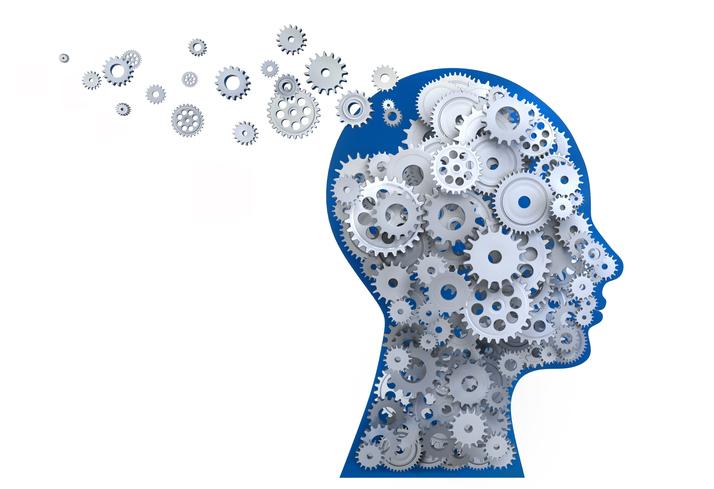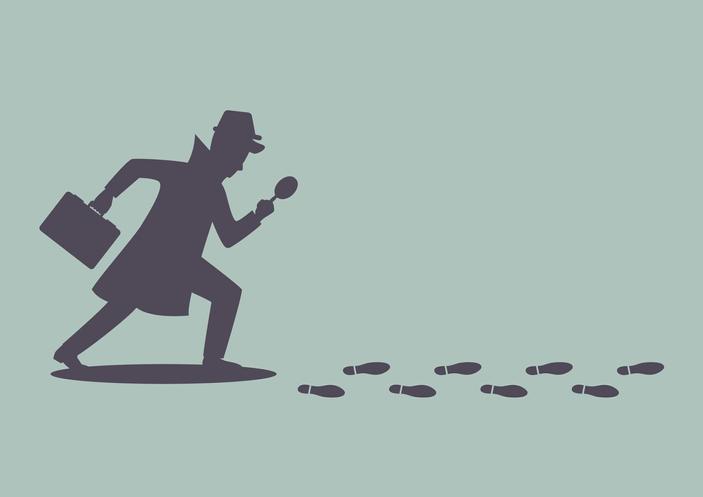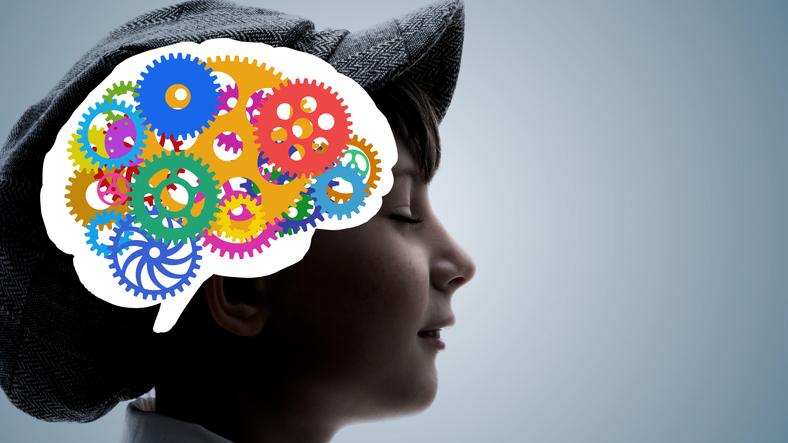It is easy to see and pay attention only to the successes and not the failures, which fall into oblivion. This phenomenon, which derives from selection bias, is called survival bias: a selection error (of objects, people, data), precisely, based on the fact of trusting and taking into account exclusively successful cases, in Instead, negative cases are omitted.
Survivorship bias is among the well-studied cognitive distortions in psychology, and it is possible to find examples of it in all areas, since success has high visibility in everyday life and people systematically underestimate their chances of achieving it. With this PsychologyFor article we will discover What is survivorship bias, what are its causes and some examples<
What is survivorship bias or Neyman fallacy?
Survival bias or survival prejudice is the logical error that is made when focus on people or things that have passed a certain process of selection, overlooking the elements that, on the contrary, have not passed the selection itself. In simple terms, this happens when we select only the survivors (those who have outperformed the others, be they people, machines or companies) and draw conclusions based on their attributes, without looking more generally at the entire data set. , including those with similar features that did not work the same.
The term “survivorship bias” was first used by Allied engineers in World War II. During the conflict, the statistician Abraham Wald notoriously took survival bias into his calculations when considering how to minimize bomber losses to enemy fire, believing that planes Those who did not return from battle had to be examined, without observing the bullet holes in those who did.
In the medicine survivorship bias is also known as Neyman fallacy, which consists of using prevailing cases for case-control studies: the prevailing cases are also surviving cases and these may not be representative of the total number of cases. One of the situations that cause this bias is the use of cases detected in screening campaigns, since these cases may have a different evolution from the whole.
Survivorship bias also describes one of the most common – and important – flaws in data analysis. In fact, survivorship bias tends to distort data in only one direction, making the results look better than they are< A phenomenon ignored in the past by the industry, which can lead to significant distortions in the presentation of performance data, which in turn can lead to erroneous investment decisions. In particular, he is accused of overestimating the return on assets.
Causes of survivorship bias
The human brain is programmed through evolution to discover deviations, and that is why we are fascinated by success stories of those that stand out, remembering information about success much more than other news.
Survivorship bias is a prevalent cognitive bias, which can be attributed to a fundamental misunderstanding of cause and effect, particularly as it relates to the concept of correlation with causation. Although correlation and causation can exist, correlation does not imply causation. Causality refers to cases where action A causes outcome B, while correlation is simply a relationship, and survivorship bias causes individuals to believe that correlation is causal, leading to misunderstanding. of cause and effect.
Survivorship bias can lead to overly optimistic beliefs because failures are ignored, but it can also lead to the false belief that successes in a group have some special property, rather than being a mere coincidence.
In this article you will find all types of cognitive biases.
Examples of survivorship bias
Once we are familiar with the idea of survivorship bias, we can begin to detect it everywhere: for example, a gym might feature those who have quickly gotten toned after coming to its facility, but of course, they never show it. They are the ones who have signed up but have gotten nothing more than a depleted bank account.
The most famous example of survival prejudice dates back to World War II. At that time, the US military asked mathematician Abraham Wald to study the best way to protect aircraft from being shot down. The military knew armor would help, but they couldn’t protect the entire plane or they would be too heavy to fly well. Initially, his plan was to examine the planes returning from the fight, see where they had been hit the most (the wings, around the tail cannon, and the center of the body) and then reinforce those areas. But Wald realized that they had fallen prey to survivorship bias, because Your analysis was missing a valuable part of the picture: the planes that had been hit but had not returned. Consequently, the military planned to arm precisely the wrong parts of the planes: the bullet holes they were seeing indicated the areas where a plane could be hit and continue flying, exactly the areas that did not need reinforcements.
This article is merely informative, at PsychologyFor we do not have the power to make a diagnosis or recommend a treatment. We invite you to go to a psychologist to treat your particular case.
If you want to read more articles similar to Survivorship bias: what it is, causes and examples we recommend that you enter our Cognitive Psychology category.
Bibliography
- IONOS (2020). Survivorship bias: perché the marketing strategies of success without being able to copy
- Martínez Rodríguez, E. (1990). Advances in Surgical Oncology
- Miller, B. (2020). How ‘survivorship bias’ can cause you to make mistakes
- The Decision Lab (2020). Why do we misjudge groups by only looking at specific group members? The Survivorship Biasexplained
- Vanguard (2015). What is ‘survivorship bias’ and why does it matter?
- Martínez Rodríguez, E. (1990). Advances in Surgical Oncology








